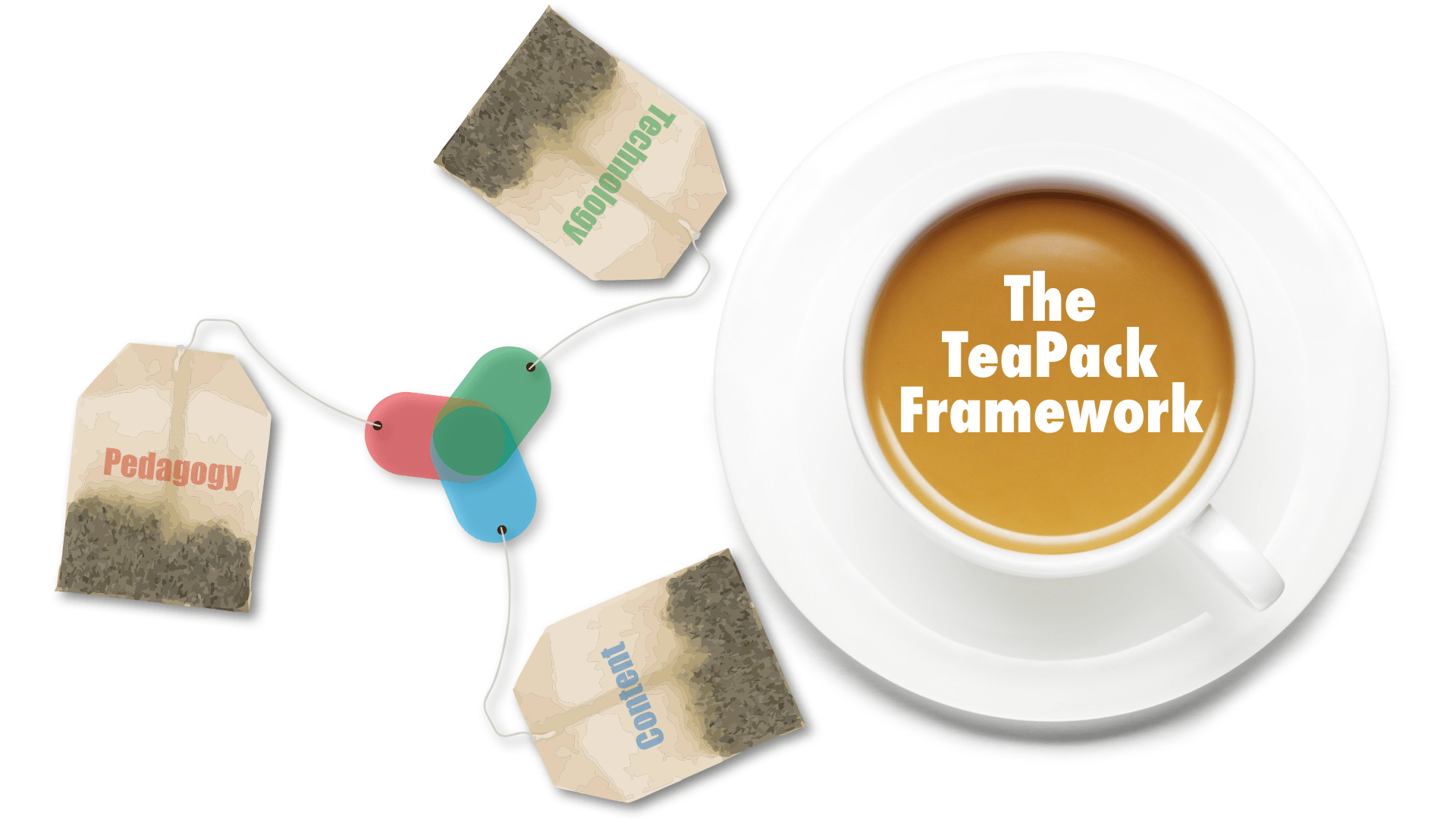Students in my EDT180 class spent some time yesterday writing short stories. Super short stories, trying to tell a complete story in just 55 words! As it turns this (55 Fiction) is actually a thing – as a simple google search will reveal.
Seeing my students engage in this task reminded me that I had, a bunch of years ago, written a few such stories myself. But finding them wasn’t easy. Files and documents have fallen through the cracks as I switched jobs and computers over the years. It took a while, but I managed to dig them out. Enjoy.
Creation
In the beginning was nothingness.
And then there was light. Designing a world, seeking order from chaos. Form and meaning intertwined. Traveling from alpha to omega.
At the end, he looked at what he had brought about, (in exactly in 55 words, no more no less) and he was pleased.
And then he rested.
Note: A self-referential piece on the act of writing 55 fiction.
Declaration of Independence
They argued late into the night, as they often did. Seemingly pointless ruminations on the meaning of life. What was the point of it all? At daybreak, suddenly someone wrote down the magic words. They were silent because they knew this was it. In hushed voices they read: “Life, liberty and the pursuit of happiness.”
Note: A fictionalized account of the drafting of the declaration of Independence.
A Twist in Time
The end: He lived happily ever after.
The middle: Pain. A metallic taste. And always, the screaming in the head.
The beginning: “Are these the books you give your students?” The judge asked, his voice shaking with anger. The verdict, guilty of subverting children’s minds, was no surprise. Neither was the punishment: Permanent cognitive reformatting.
Note: An upside-down narrative, in which the story starts with the ending; moves through the middle and ends with the beginning.






0 Comments